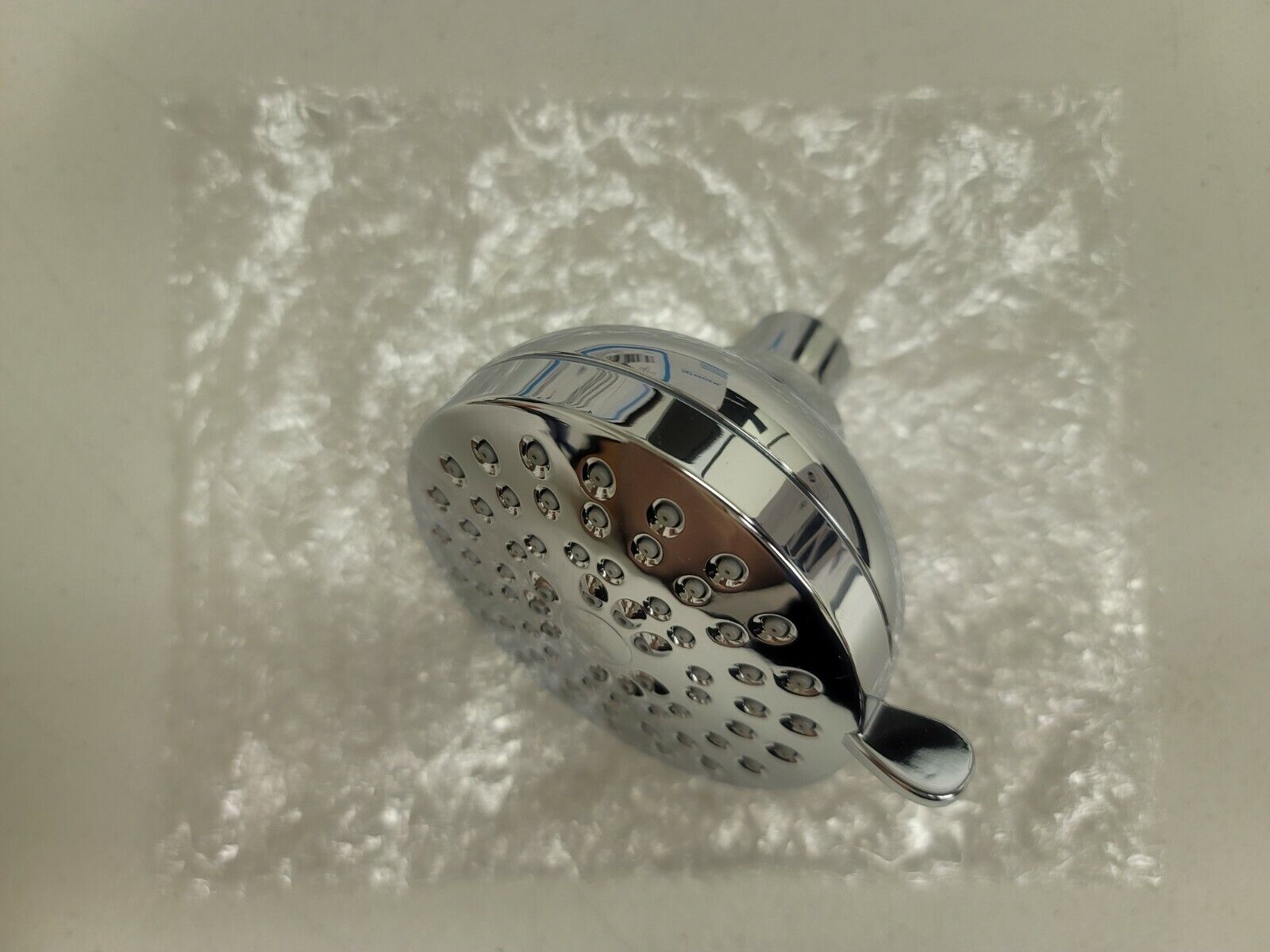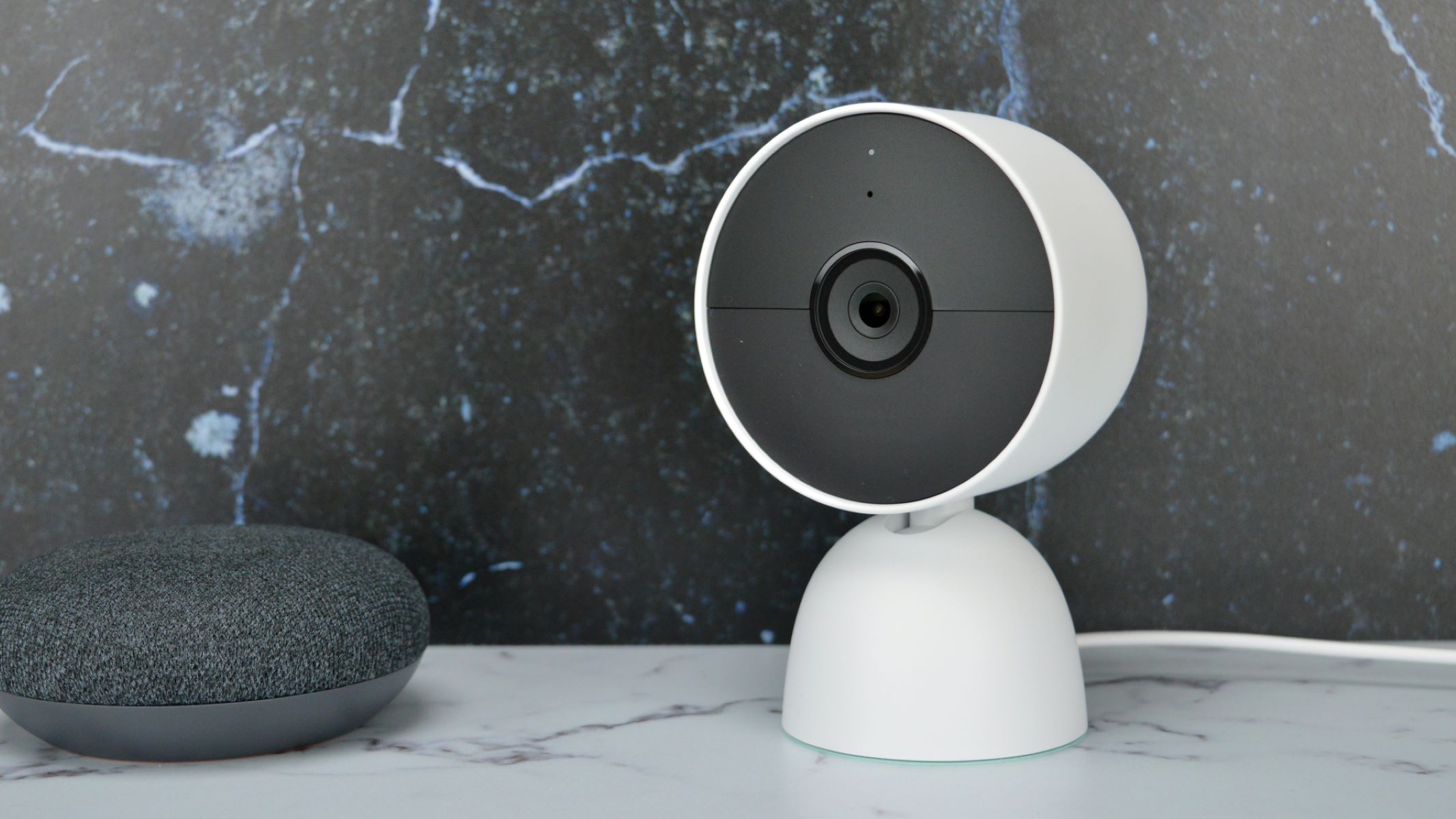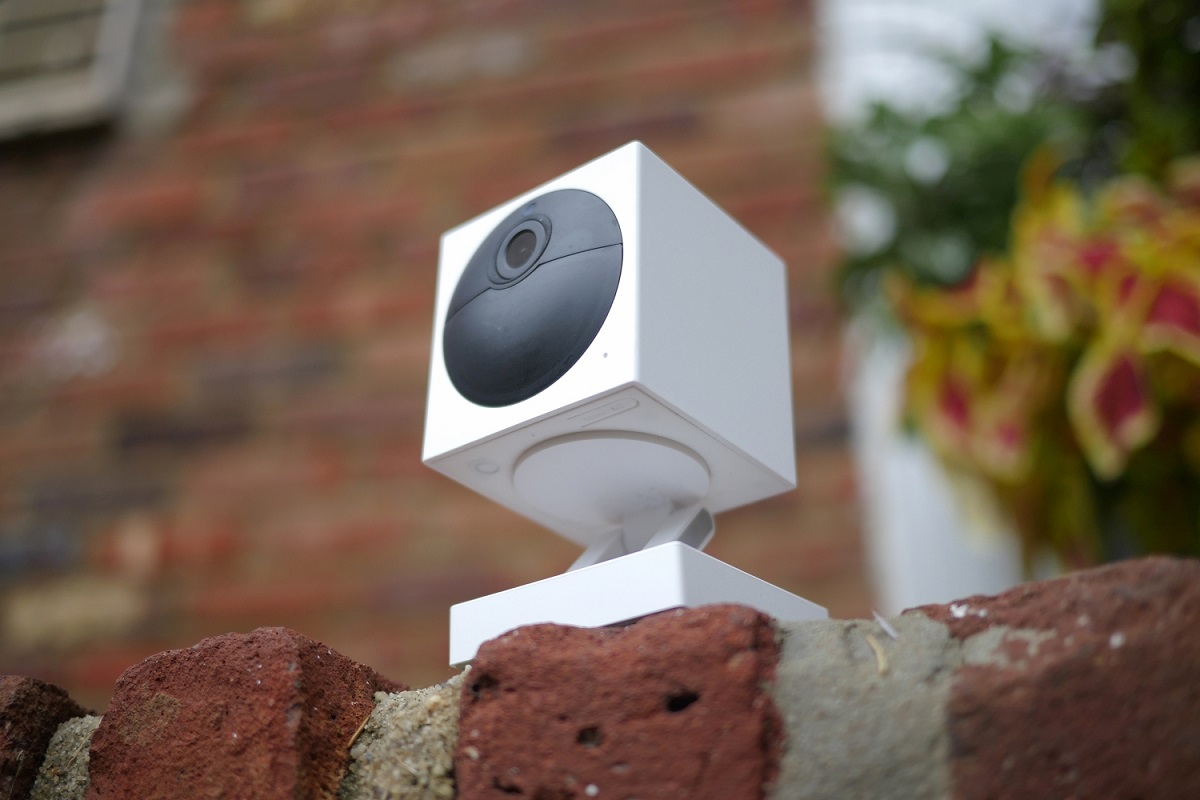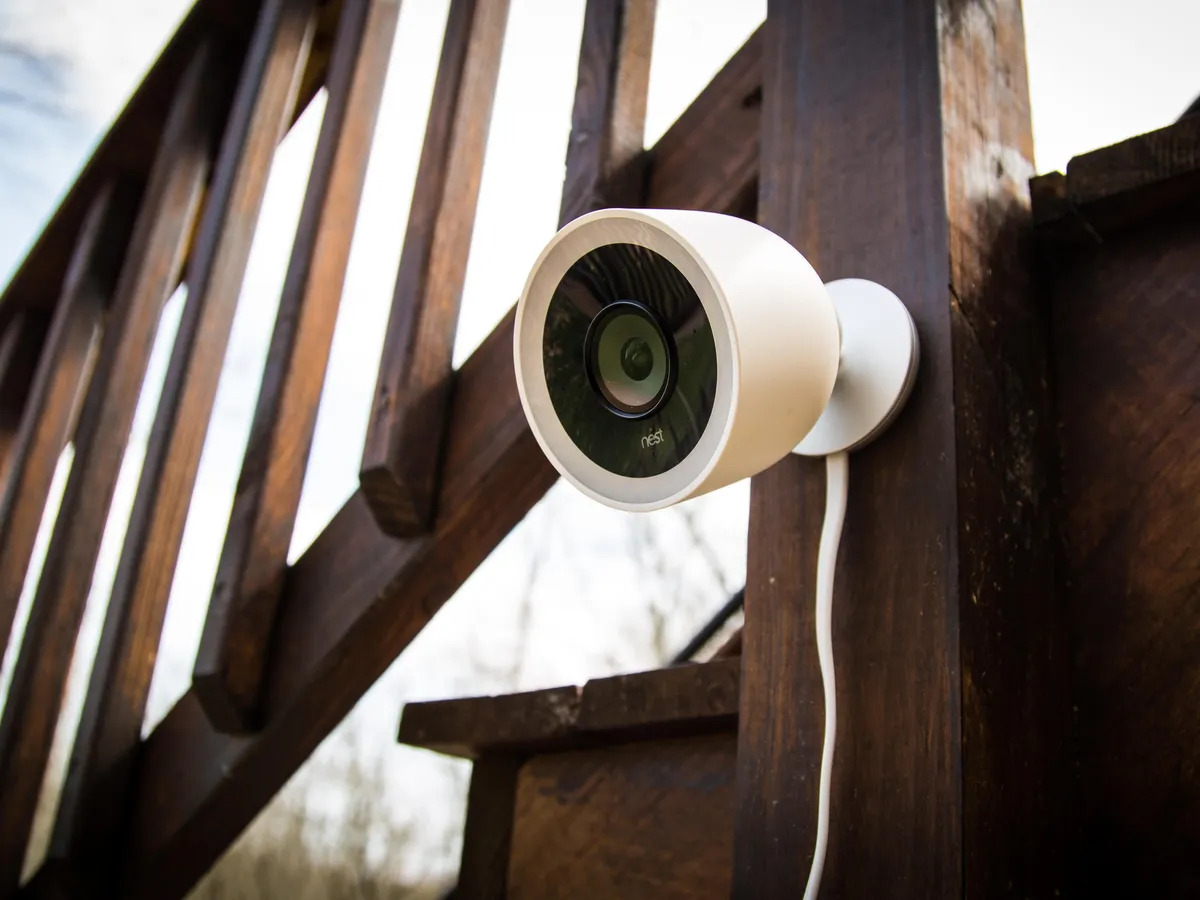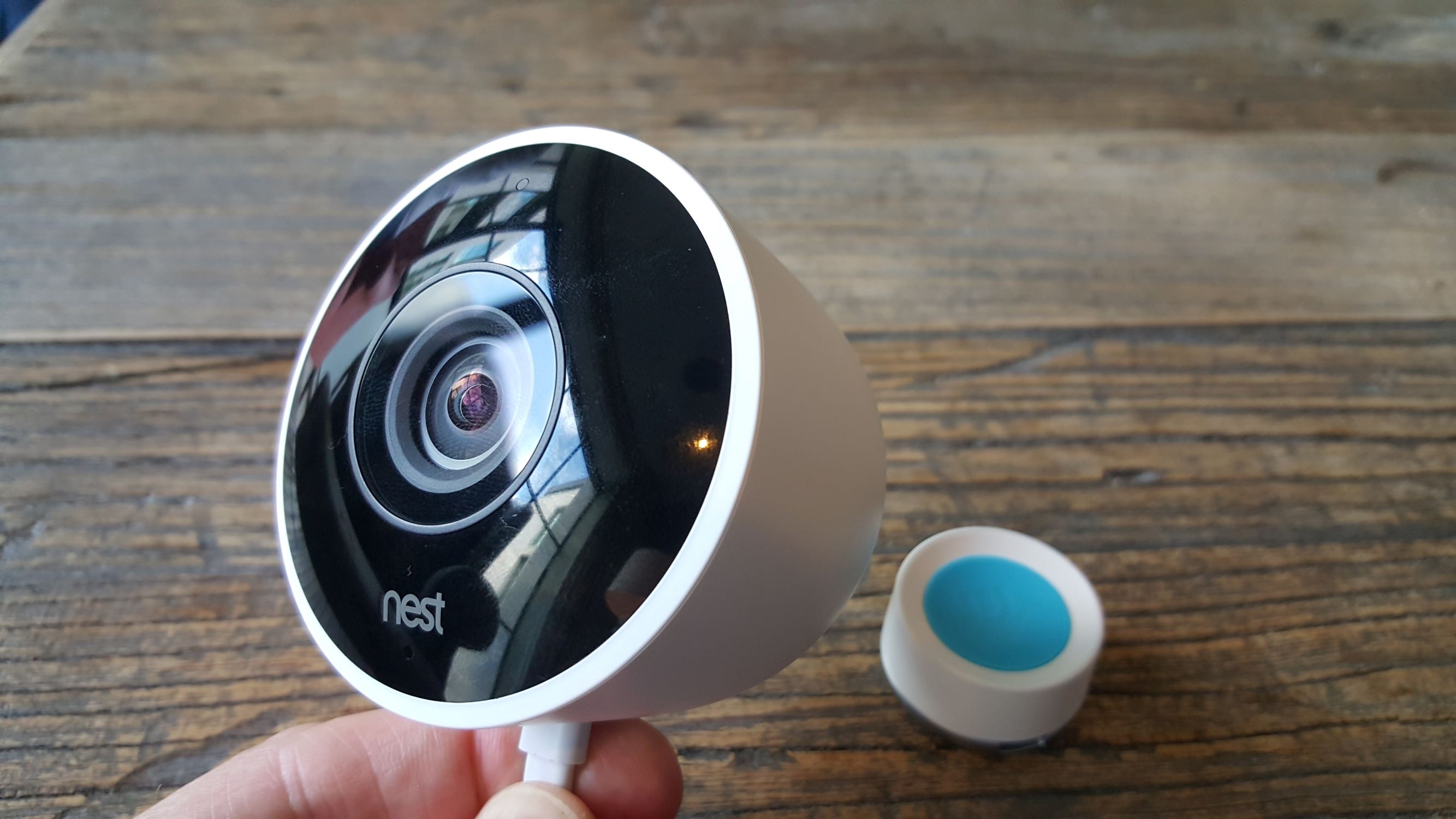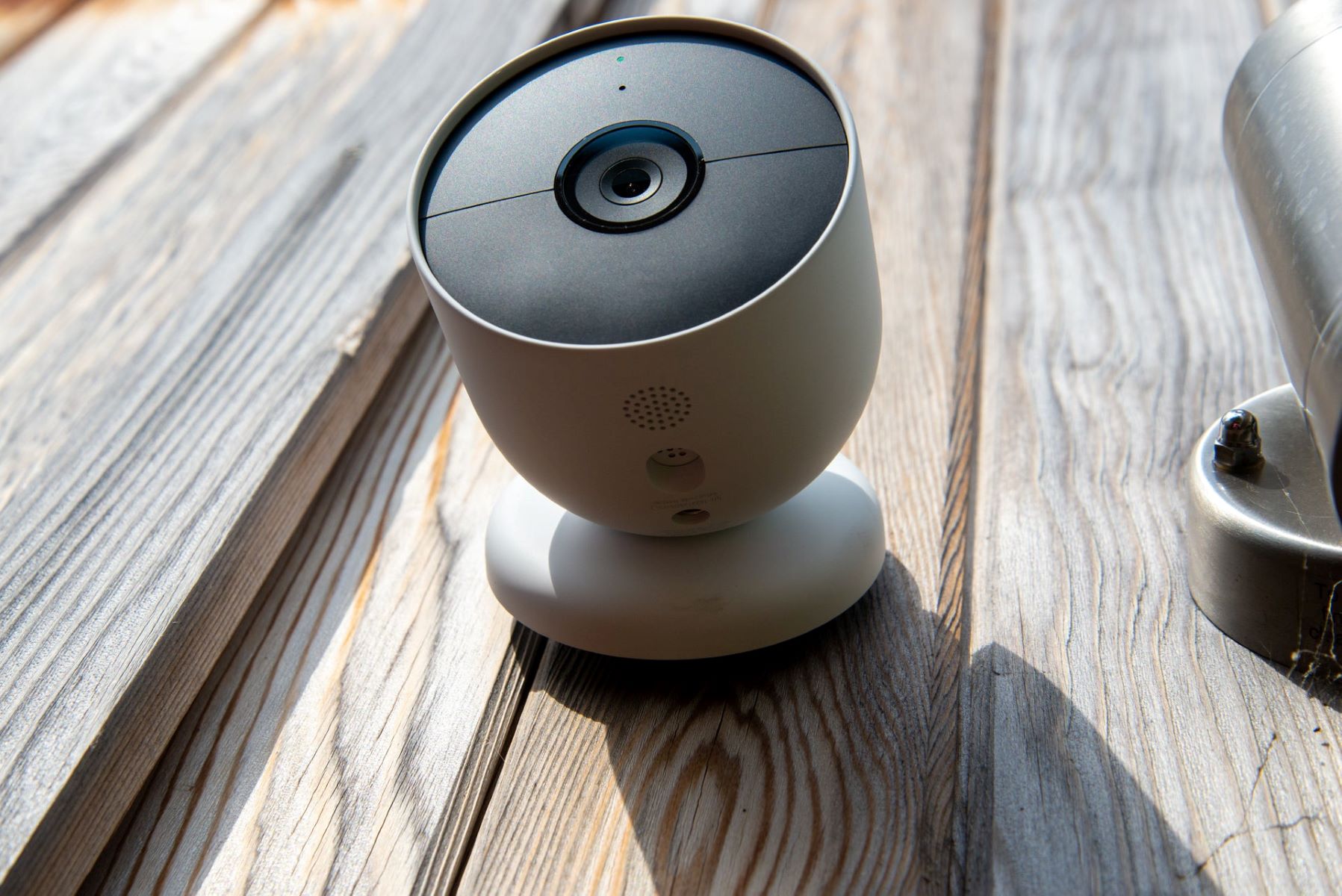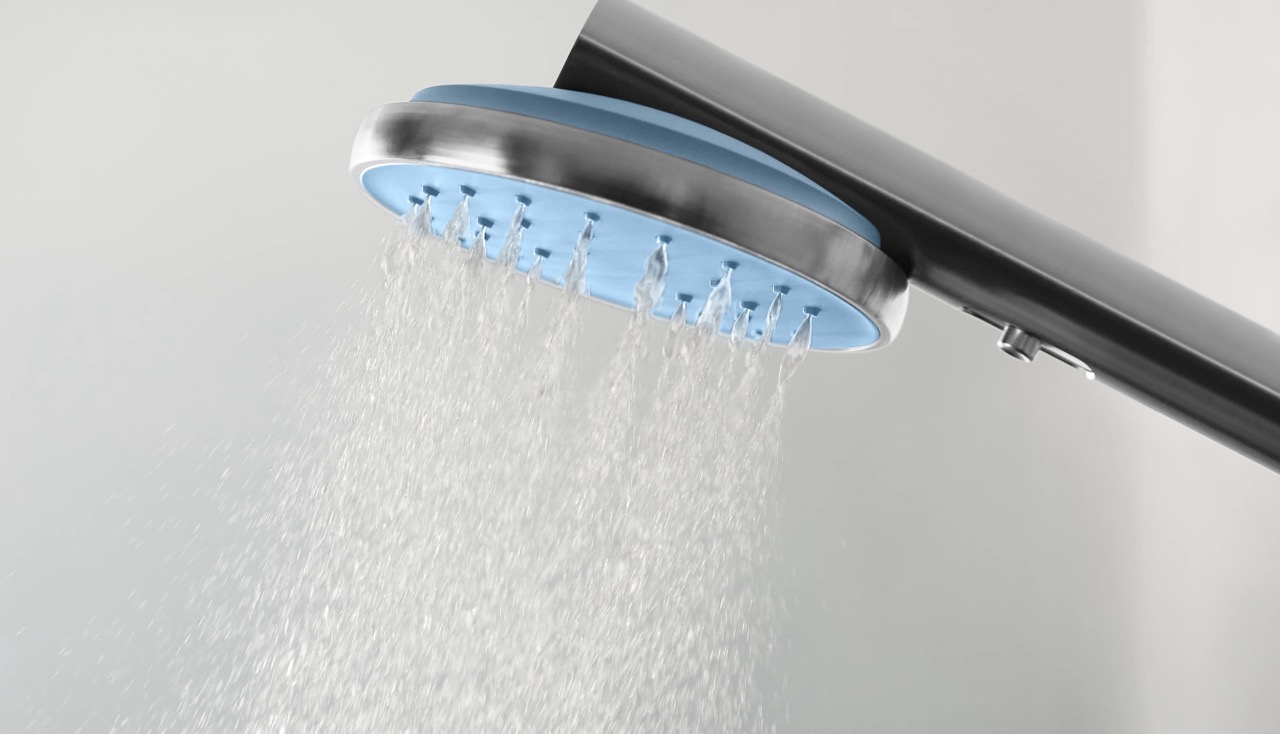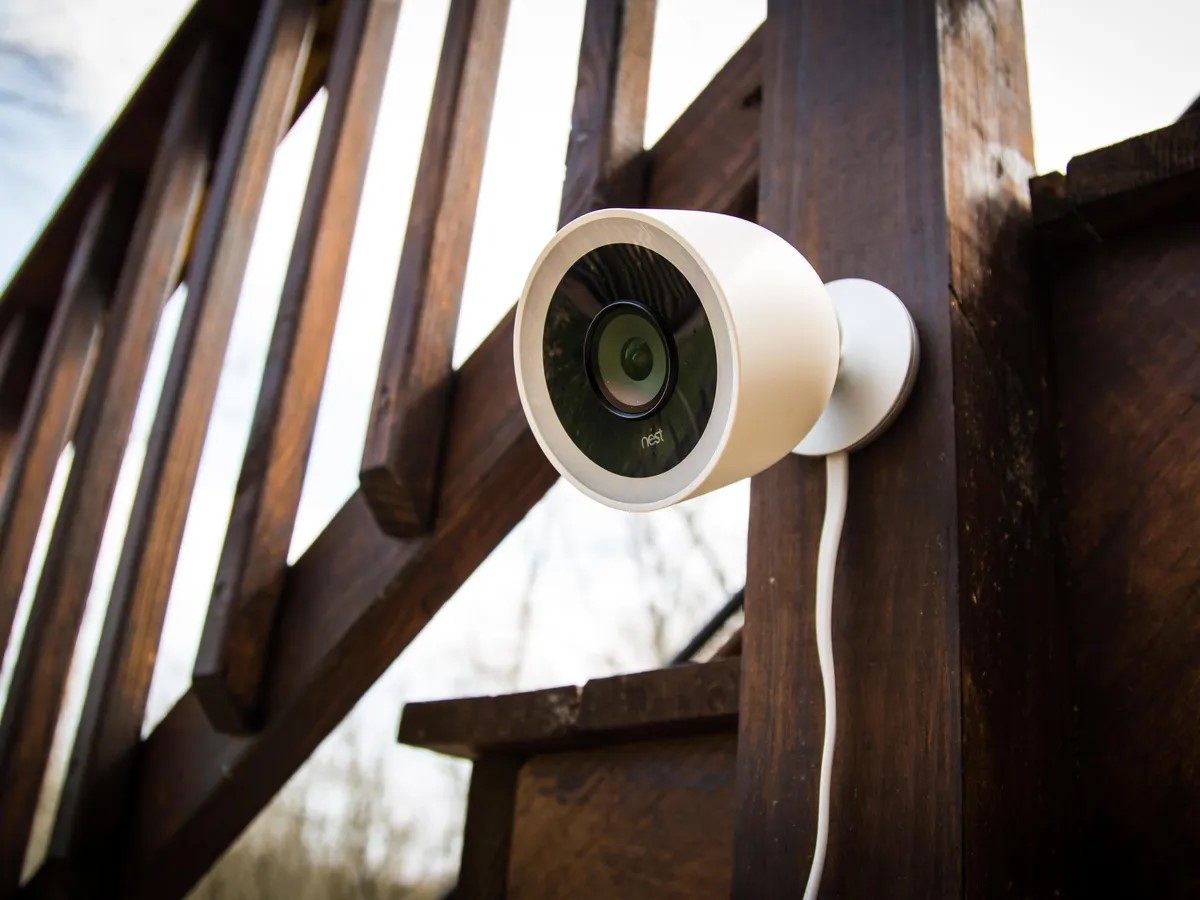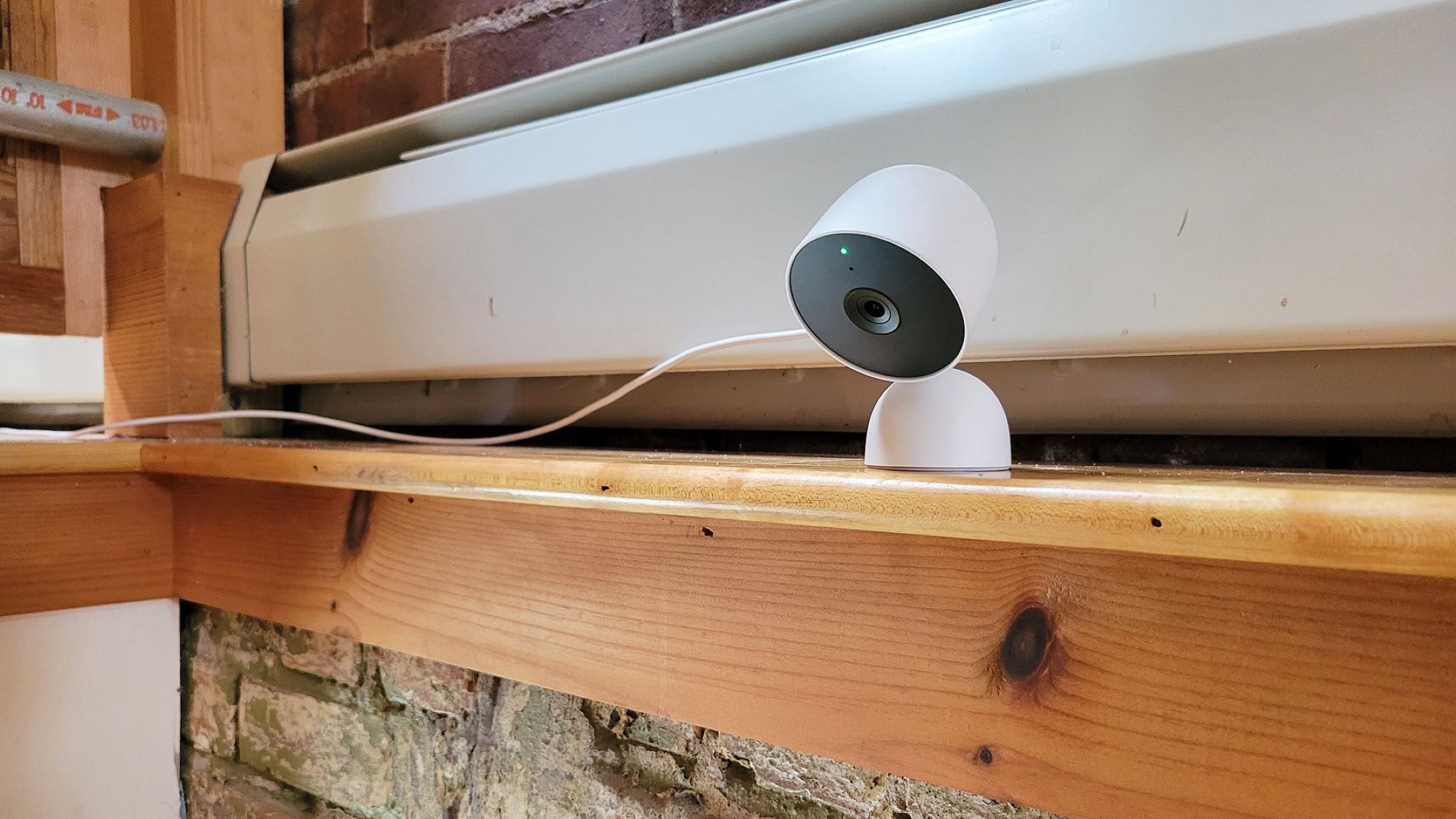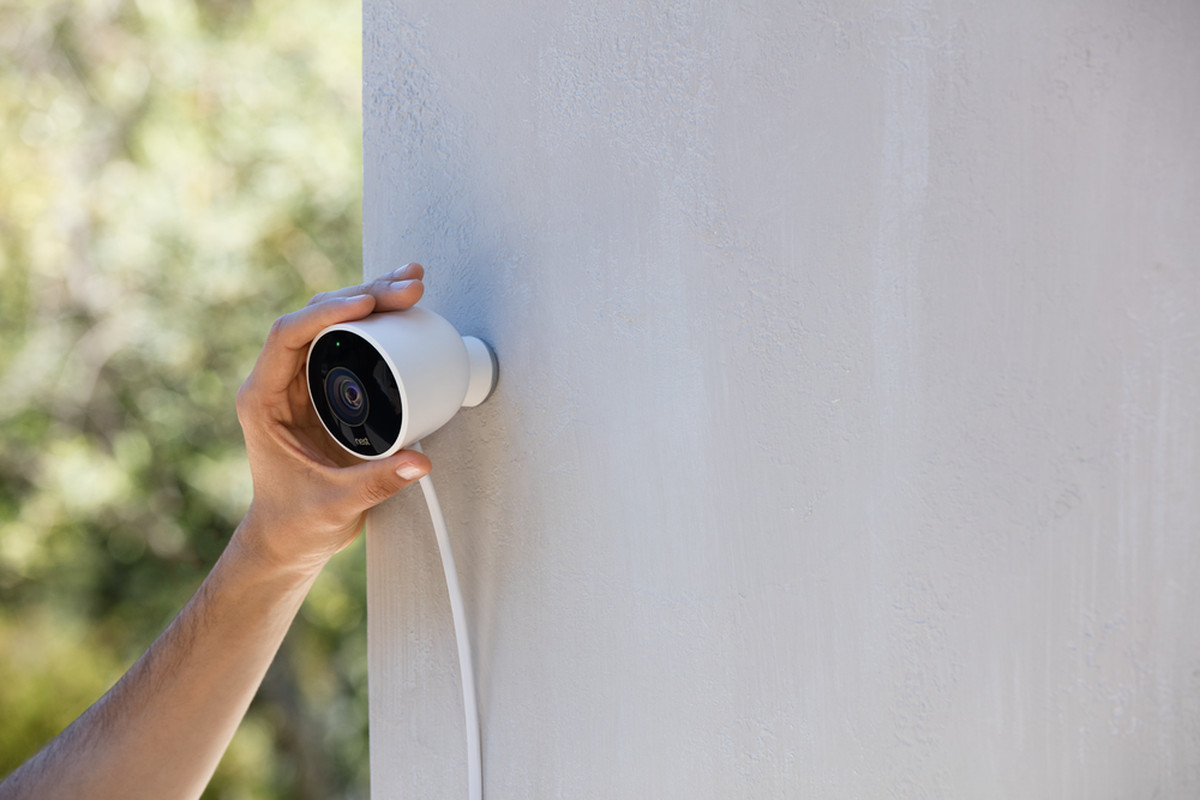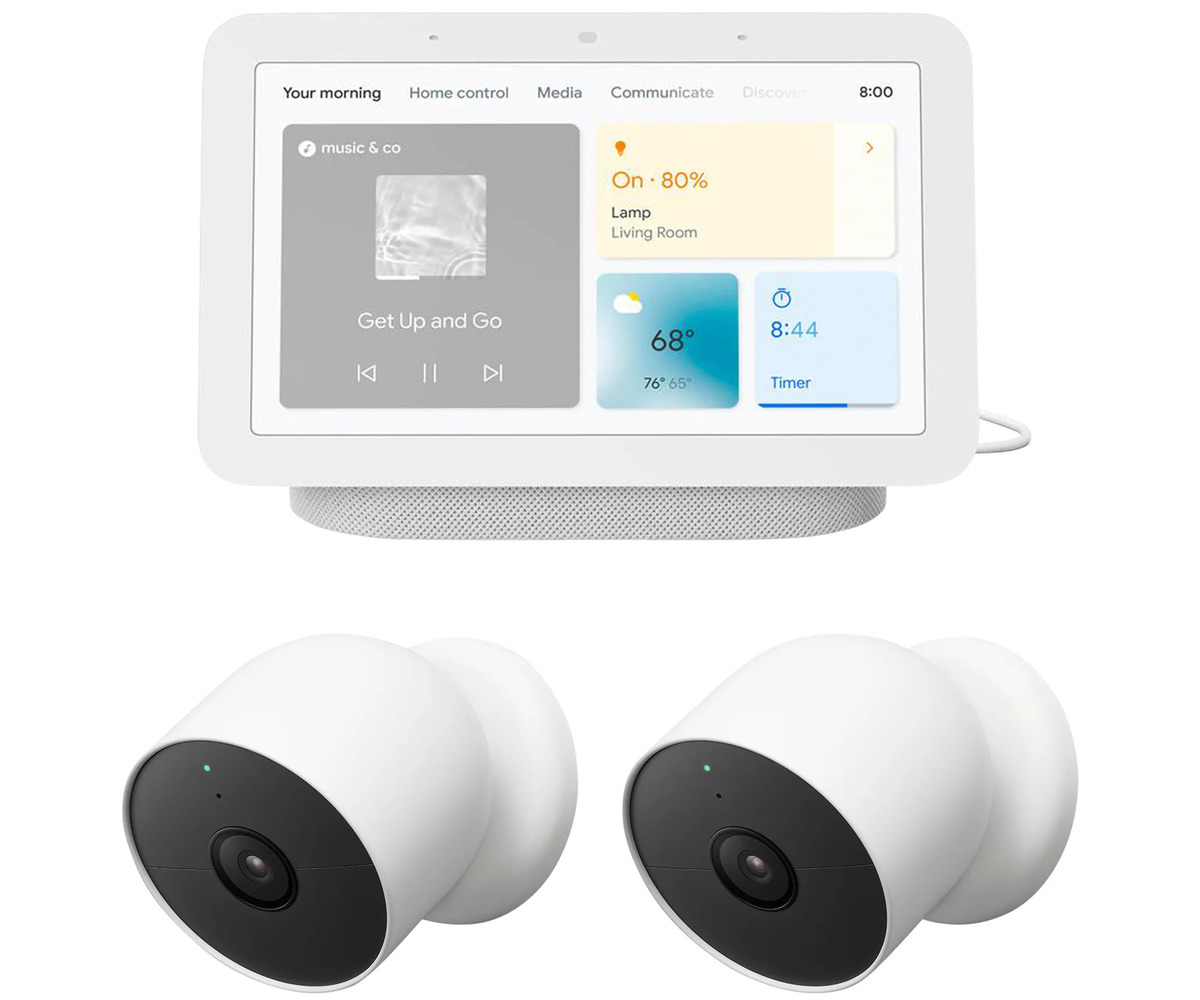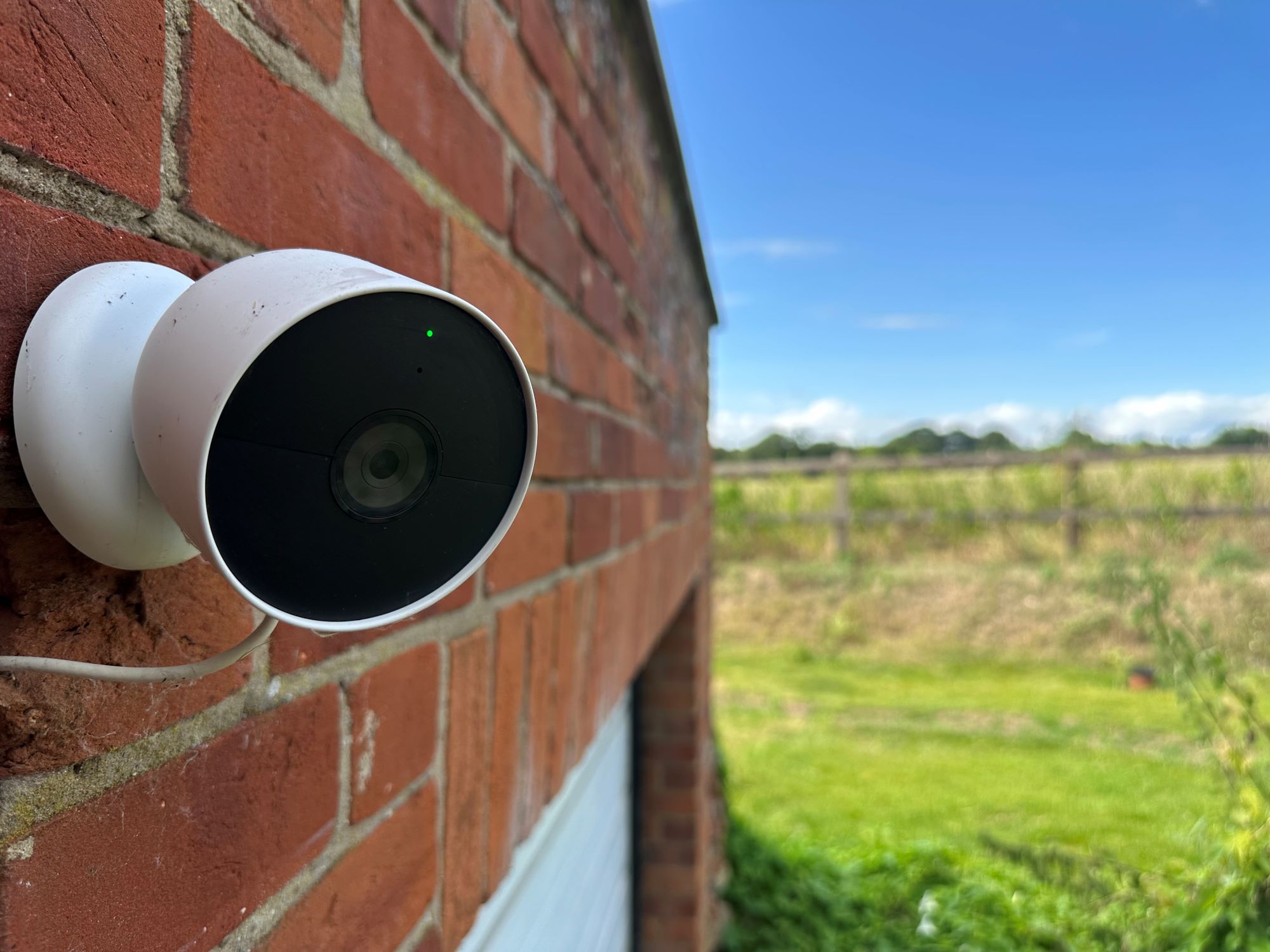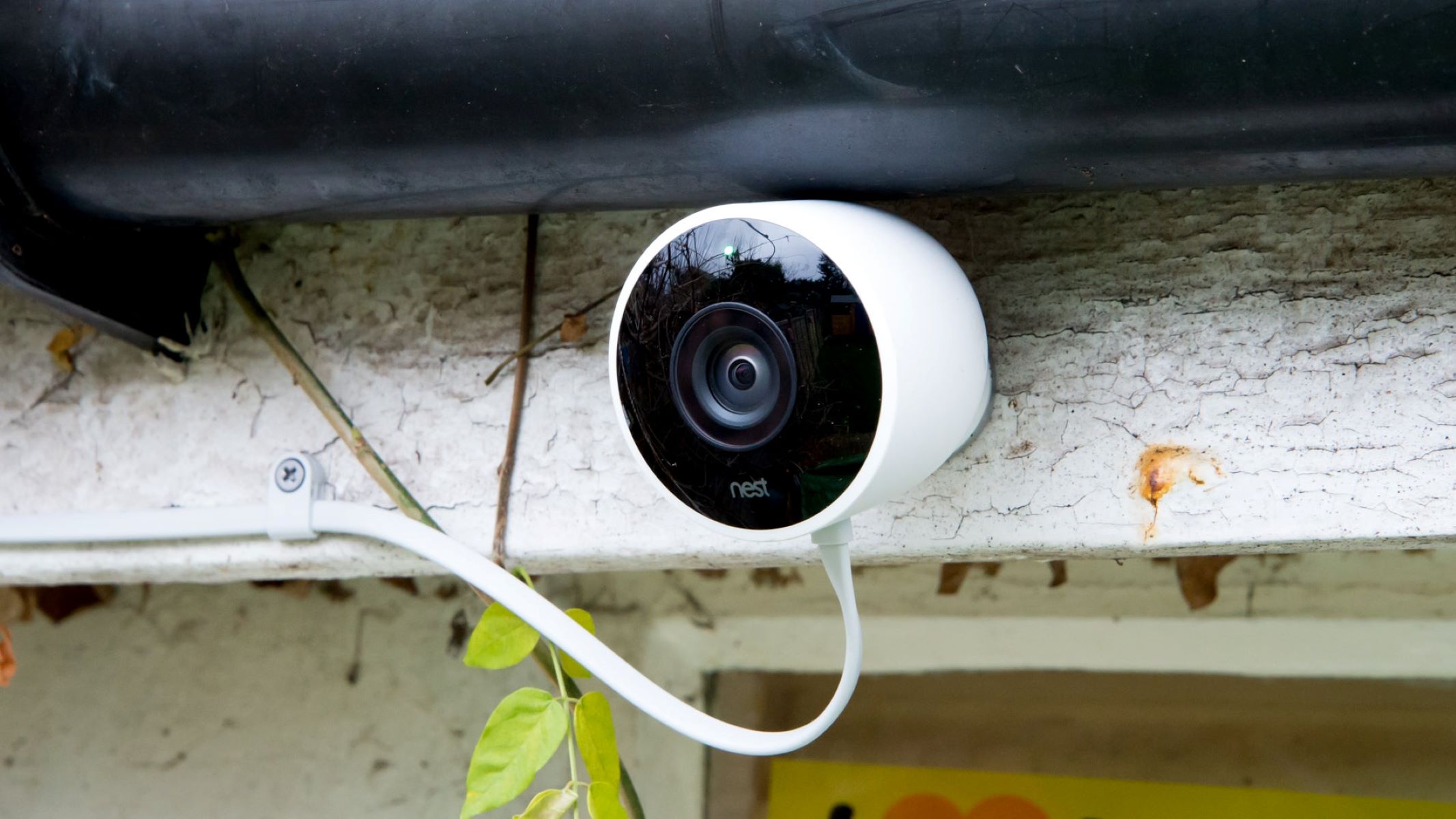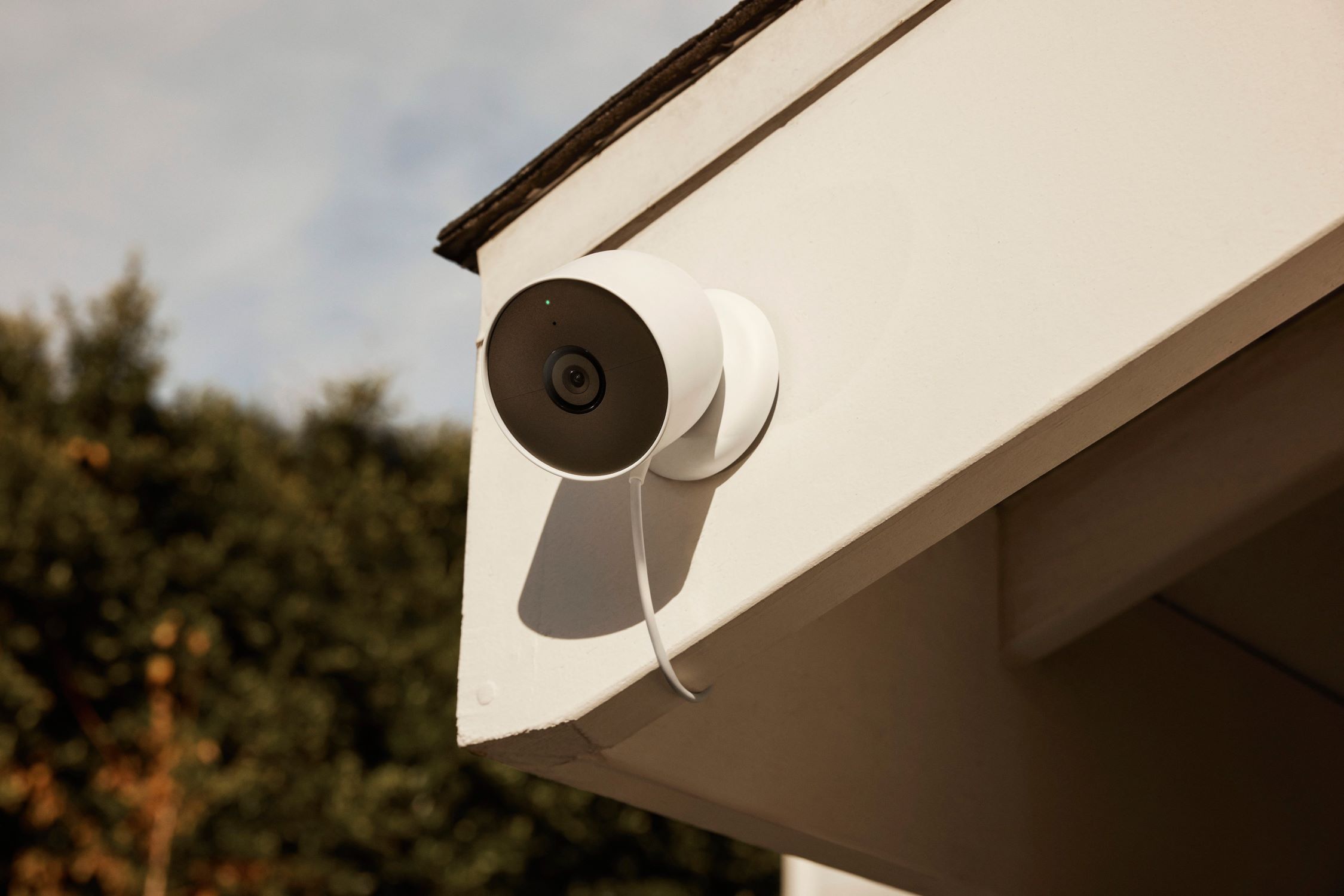Home>Home Security and Surveillance>How Many Frames Per Minute Does A Nest Outdoor Camera Record In
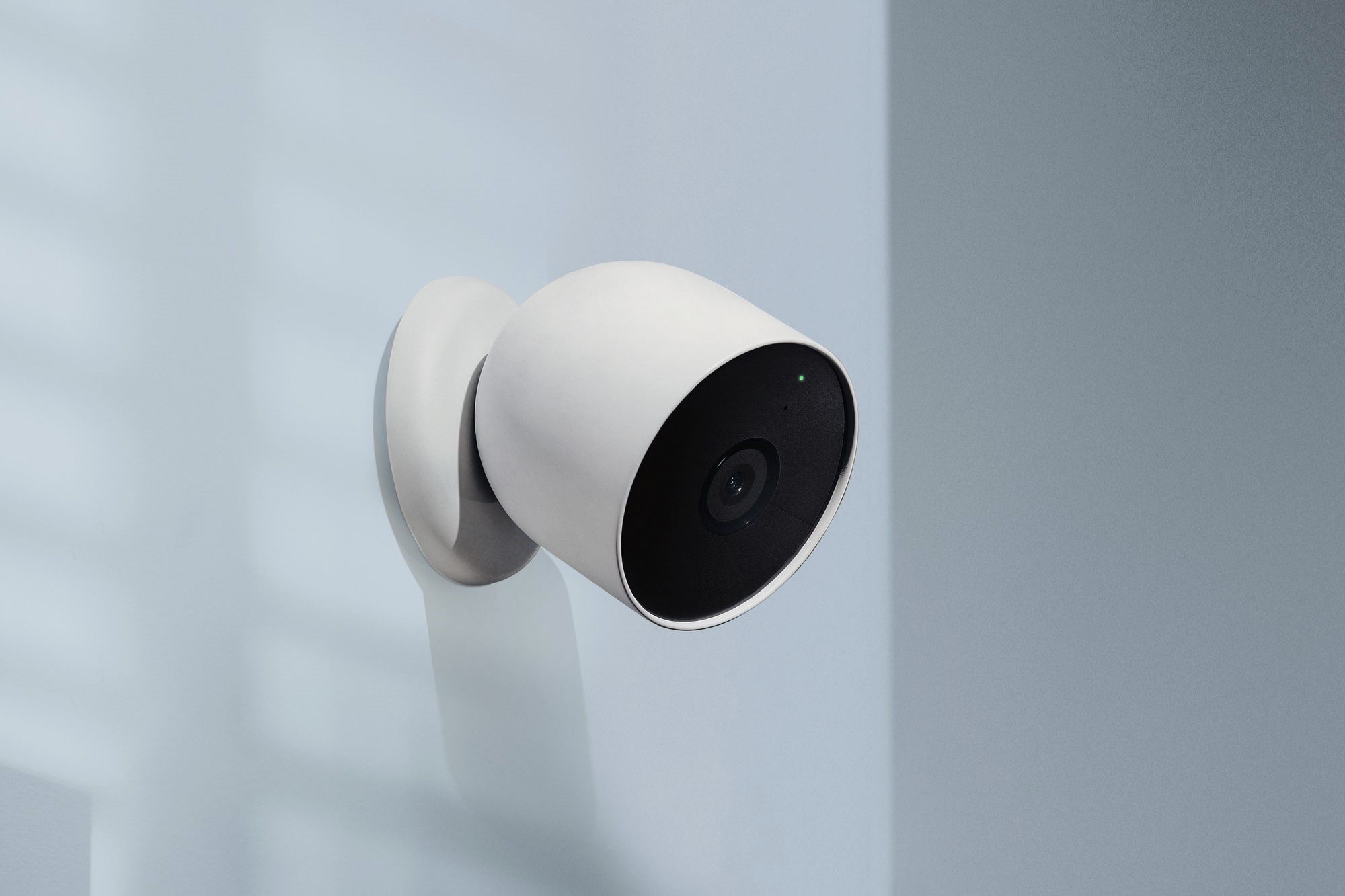

Home Security and Surveillance
How Many Frames Per Minute Does A Nest Outdoor Camera Record In
Modified: March 6, 2024
Discover the impressive recording capability of Nest Outdoor Cameras. Ensure ultimate home security and surveillance with frames per minute calculation.
(Many of the links in this article redirect to a specific reviewed product. Your purchase of these products through affiliate links helps to generate commission for Storables.com, at no extra cost. Learn more)
Introduction
Home security and surveillance have become crucial aspects of modern living, providing peace of mind and protection for our loved ones and belongings. With the advancement of technology, home security systems have evolved significantly, offering more features and convenience than ever before.
One such innovative product is the Nest Outdoor Camera, which has gained immense popularity among homeowners. This state-of-the-art camera allows you to monitor your property remotely and keep an eye on any potential threats. But have you ever wondered how many frames per minute the Nest Outdoor Camera records at?
In this article, we will delve into the details of the Nest Outdoor Camera and explore its recording frame rate. We will also discuss the factors that can affect the frame rate and provide insights on how to adjust it to optimize video quality. So, let’s dive in and unravel the mysteries of the Nest Outdoor Camera’s frame rate.
Key Takeaways:
- The Nest Outdoor Camera records at a smooth 30 frames per second, ensuring clear and detailed video playback for effective surveillance.
- Factors like network bandwidth, camera resolution, and storage space can affect the frame rate, but adjusting settings can optimize video quality for better monitoring.
Understanding Nest Outdoor Camera
The Nest Outdoor Camera is a cutting-edge surveillance device designed to safeguard your home. It boasts a range of impressive features that make it a popular choice among homeowners. The camera comes equipped with high-definition video capabilities, night vision, and a wide-angle lens, allowing you to capture clear and detailed footage, regardless of the lighting conditions.
What sets the Nest Outdoor Camera apart is its seamless integration with the Nest app. With the app, you can receive real-time alerts on your smartphone or tablet, allowing you to monitor your property from anywhere in the world. The camera also features two-way audio, enabling you to communicate with anyone near the camera’s vicinity. This can be especially useful for remote guest access or deterring potential intruders.
Moreover, the Nest Outdoor Camera is designed to withstand harsh weather conditions, making it suitable for both indoor and outdoor use. Its durable construction ensures that it remains operational year-round, capturing important moments and providing an extra layer of security for your home.
Now that we have a basic understanding of the Nest Outdoor Camera, let’s explore its recording frame rate and why it is an important factor to consider when evaluating surveillance cameras.
Recording Frame Rate of Nest Outdoor Camera
The recording frame rate of a surveillance camera refers to the number of individual frames captured and recorded per second. It determines the smoothness and quality of the video playback. A higher frame rate results in a more fluid and detailed video, while a lower frame rate may appear choppy or blurry.
The Nest Outdoor Camera is capable of recording video at a frame rate of up to 30 frames per second (fps). This means that it captures and saves 30 individual frames every second, providing a smooth and lifelike video playback experience. With this high frame rate, you can expect to see clear and crisp footage, making it easier to identify faces, objects, and any other important details in the recorded video.
It is important to note that while the Nest Outdoor Camera supports a maximum frame rate of 30 fps, the actual frame rate may vary in different scenarios. Factors such as network bandwidth, available storage space, and camera settings can affect the frame rate at which the camera records.
The Nest Outdoor Camera utilizes advanced video compression technology, such as the H.264 codec, to optimize storage space without compromising video quality. This allows for efficient recording and playback without consuming excessive network bandwidth or requiring large storage capacities.
By default, the Nest Outdoor Camera is set to automatically adjust the frame rate based on the available network and storage conditions. This ensures that you get the best possible video quality without overwhelming your network or depleting storage too quickly.
Now that we understand the frame rate capabilities of the Nest Outdoor Camera, let’s explore the factors that can affect the actual frame rate during recording.
Factors Affecting Frame Rate
Several factors can affect the frame rate at which the Nest Outdoor Camera records. Understanding these factors can help you optimize the camera settings and ensure smooth and high-quality video playback. Let’s take a look at some of the key factors that can impact the frame rate:
- Network Bandwidth: The available network bandwidth plays a crucial role in determining the frame rate of the camera. If your network is experiencing congestion or has limited bandwidth, it may result in a lower frame rate. To ensure optimal frame rate, make sure your camera is connected to a stable and high-speed network connection.
- Camera Resolution: The resolution at which the camera is set to record can affect the frame rate. Higher resolutions, such as 1080p or 4K, require more bandwidth and processing power, which can impact the frame rate. If you are experiencing a lower frame rate, consider adjusting the camera resolution to strike a balance between video quality and frame rate.
- Available Storage Space: The amount of available storage space on your camera or cloud storage can impact the frame rate. If the camera’s storage is nearing its capacity, it may result in a lower frame rate as the camera struggles to save and process each frame. Regularly monitoring and freeing up storage space can help maintain a consistent frame rate.
- Camera Settings: The camera settings, including motion detection sensitivity and activity zones, can influence the frame rate. If your camera is set to detect and record motion aggressively, it may result in a higher frame rate during active periods. Adjusting these settings according to your preferences and monitoring needs can help optimize the frame rate.
- Environmental Factors: Environmental conditions, such as poor lighting or extreme temperatures, can impact the frame rate of the camera. In low-light situations, the camera may lower the frame rate to compensate for the limited available light. Similarly, excessive heat or cold temperatures can affect the camera’s performance, leading to potential frame rate fluctuations.
By considering these factors and making necessary adjustments, you can optimize the frame rate of your Nest Outdoor Camera to ensure smooth and high-quality video recording.
Now, let’s explore how you can adjust the frame rate on the Nest Outdoor Camera to meet your specific requirements.
The Nest Outdoor Camera records at 30 frames per second, which translates to 1800 frames per minute. This high frame rate ensures smooth and detailed video recordings of outdoor activities.
How to Adjust Frame Rate on Nest Outdoor Camera
The Nest Outdoor Camera provides users with the flexibility to adjust the frame rate based on their preferences and specific requirements. While the camera is designed to automatically optimize the frame rate, you can manually make adjustments through the camera’s settings. Here’s how you can adjust the frame rate:
- Access Camera Settings: Start by opening the Nest app on your smartphone or tablet and selecting the Nest Outdoor Camera from the list of devices. Navigate to the camera settings to access the options for adjusting the frame rate.
- Adjust Resolution: In the camera settings, you will find the option to adjust the camera’s resolution. By lowering the resolution, you can potentially increase the frame rate. Choose a resolution that balances video quality and frame rate based on your preferences and available network bandwidth.
- Customize Motion Detection: The Nest Outdoor Camera offers customizable motion detection settings, allowing you to specify the sensitivity and activity zones. By fine-tuning these settings, you can optimize the frame rate during active periods while minimizing unnecessary recordings during periods of low activity.
- Manage Storage Space: Regularly monitor and manage the storage space on your camera or cloud storage to ensure optimal frame rate. Clearing unnecessary footage and ensuring sufficient available space can help maintain a consistent frame rate and prevent interruptions in recording.
- Improve Network Connection: A stable and high-speed network connection is crucial for optimal frame rate. If you are experiencing a lower frame rate, consider improving your network connection by moving the camera closer to the router or using a Wi-Fi signal booster to enhance the signal strength.
Experimenting with different settings and monitoring the impact on frame rate can help you find the perfect balance of video quality and smooth playback. It is important to note that adjusting the frame rate may have implications on storage space and network bandwidth, so make sure to consider these factors as well.
By following these steps and customizing the frame rate settings on your Nest Outdoor Camera, you can ensure that the camera delivers the optimal video quality and frame rate for your surveillance needs.
Now that you have a better understanding of adjusting the frame rate, let’s explore ways to enhance video quality and frame rate on the Nest Outdoor Camera.
Read more: How Many Gallons Per Minute Is A Garden Hose
Enhancing Video Quality and Frame Rate
When it comes to home security and surveillance, having high-quality video footage is essential for effectively monitoring and capturing important details. In addition to adjusting the frame rate, there are several other ways to enhance the video quality and frame rate on your Nest Outdoor Camera. Let’s explore some valuable tips:
- Optimize Camera Positioning: Proper camera placement is crucial for capturing clear and detailed footage. Ensure that your Nest Outdoor Camera is positioned strategically to cover the desired areas without obstructions. This will help maximize the video quality and clarity, leading to improved frame rate.
- Ensure Sufficient Lighting: Good lighting conditions can significantly enhance video quality. Install adequate lighting around your camera’s viewing area to minimize shadows and improve visibility. This will not only improve the quality of the recorded footage but also help the camera maintain a higher frame rate, especially in low-light situations.
- Upgrade Network Infrastructure: A robust and high-speed network connection is vital for optimal video quality and frame rate. Consider upgrading your internet plan or investing in a network extender or mesh system to ensure a strong and stable connection for your Nest Outdoor Camera.
- Regularly Clean the Camera Lens: Over time, dirt, dust, and debris can accumulate on the camera lens, affecting the image quality. Regularly clean the lens with a soft, lint-free cloth to ensure clear and sharp footage. This simple maintenance step can have a significant impact on the overall video quality and frame rate.
- Monitor and Optimize Camera Settings: Periodically review and adjust the camera settings to optimize video quality and frame rate based on your changing surveillance needs. This includes adjusting motion detection sensitivity, activity zones, and other advanced settings available in the Nest app.
- Consider Adding Additional Cameras: Depending on the size and layout of your property, adding multiple Nest Outdoor Cameras can provide comprehensive coverage and improve video quality. With multiple cameras strategically placed, you can ensure better surveillance and smoother frame rates across different areas of your property.
By implementing these tips and techniques, you can enhance the video quality and frame rate on your Nest Outdoor Camera, enabling you to capture clear and detailed footage for effective surveillance.
Now that we have explored ways to enhance the video quality and frame rate, let’s conclude our discussion.
Conclusion
Home security and surveillance are paramount in ensuring the safety of our loved ones and property. The Nest Outdoor Camera is a powerful tool that offers advanced features and convenience for effective monitoring. Understanding the frame rate of the camera is crucial in optimizing video quality and ensuring smooth playback.
The Nest Outdoor Camera records video at a maximum frame rate of 30 frames per second (fps), allowing for fluid and detailed playback. However, several factors can affect the actual frame rate, including network bandwidth, camera resolution, available storage space, camera settings, and environmental conditions. By considering these factors and making necessary adjustments, you can optimize the frame rate for your specific requirements.
Adjusting the frame rate on the Nest Outdoor Camera can be done through the camera settings in the Nest app. By modifying the camera resolution, customizing motion detection settings, managing storage space, and improving network connection, you can optimize the frame rate and video quality.
To further enhance the video quality and frame rate, it’s essential to optimize camera positioning, ensure sufficient lighting, upgrade the network infrastructure if needed, regularly clean the camera lens, and monitor and optimize camera settings. These steps will help maximize the effectiveness of your Nest Outdoor Camera and improve the overall security of your home.
In conclusion, the Nest Outdoor Camera is a reliable and feature-rich surveillance device that offers high-quality video recording. By understanding the frame rate and implementing the tips and techniques mentioned in this article, you can optimize the camera’s performance and enhance the video quality and frame rate for effective monitoring, providing you with the peace of mind you deserve.
So, take full advantage of the Nest Outdoor Camera and embrace the power of modern technology to protect and secure your home.
Frequently Asked Questions about How Many Frames Per Minute Does A Nest Outdoor Camera Record In
Was this page helpful?
At Storables.com, we guarantee accurate and reliable information. Our content, validated by Expert Board Contributors, is crafted following stringent Editorial Policies. We're committed to providing you with well-researched, expert-backed insights for all your informational needs.
